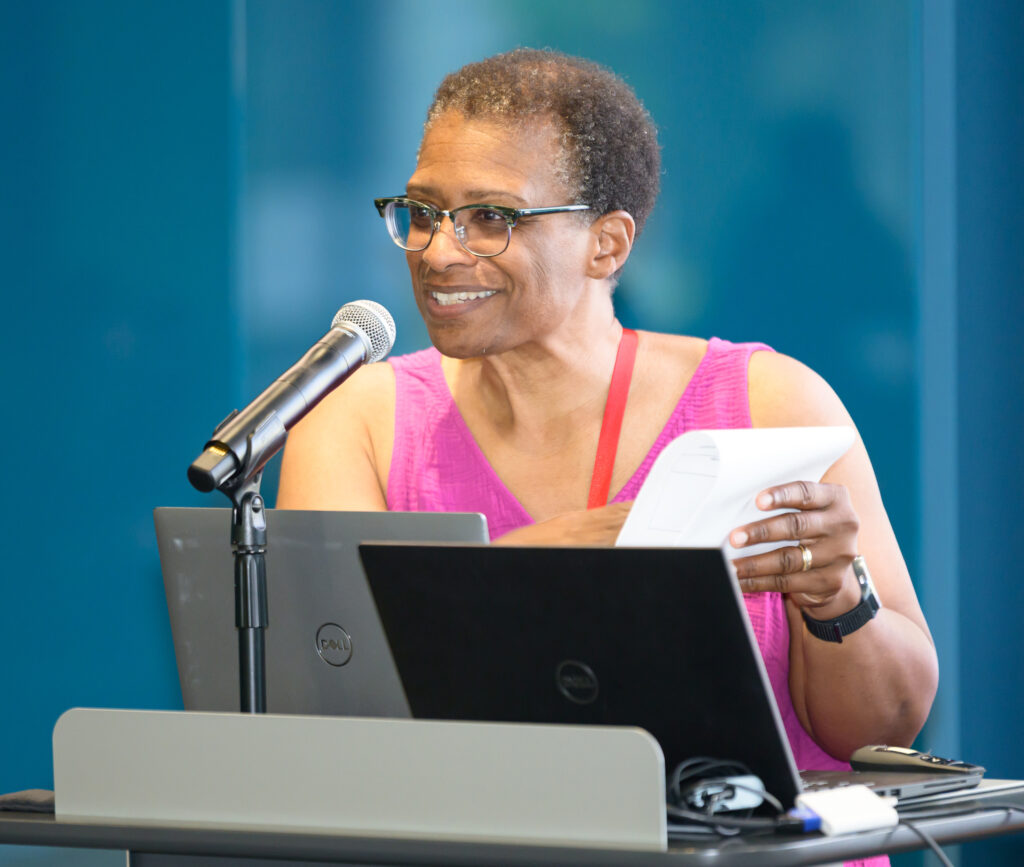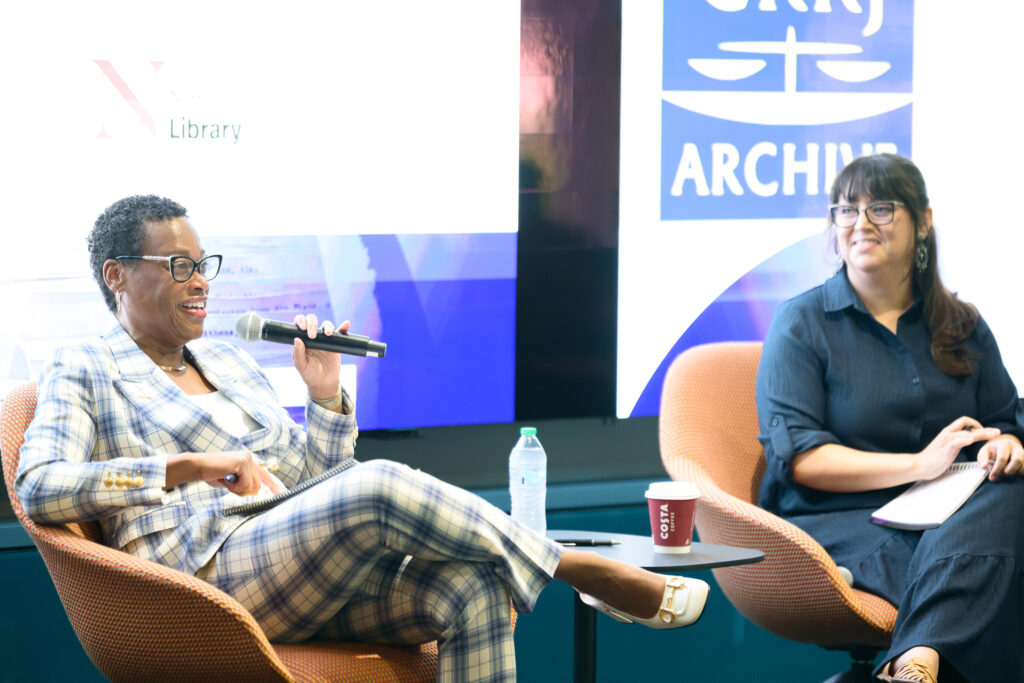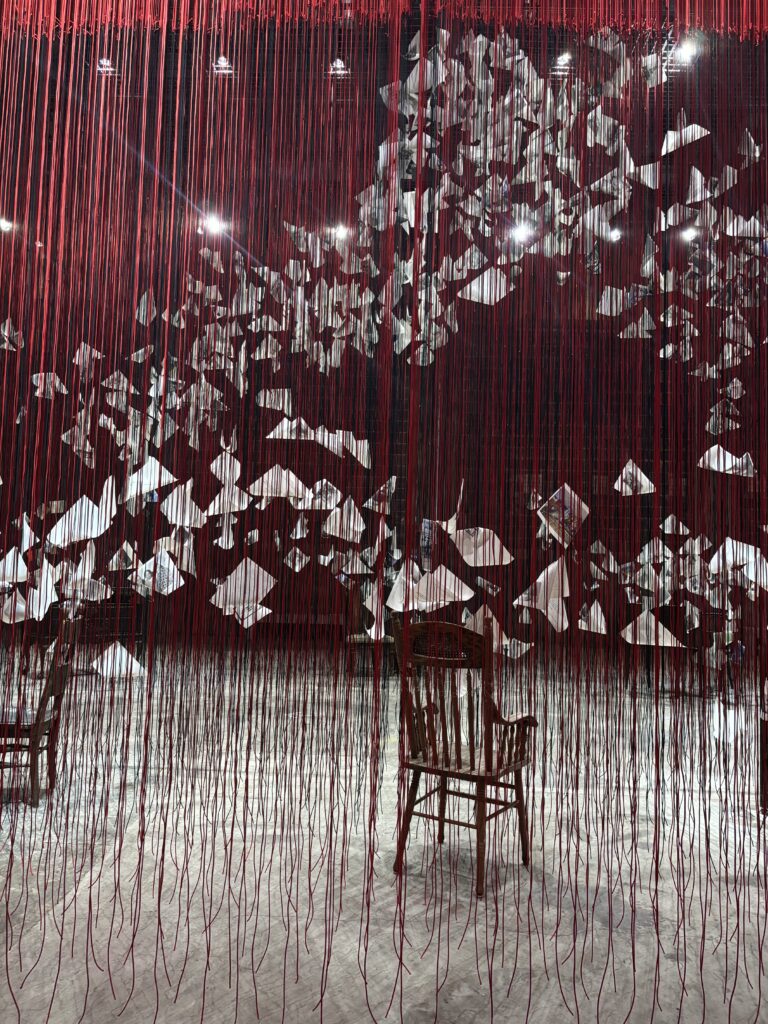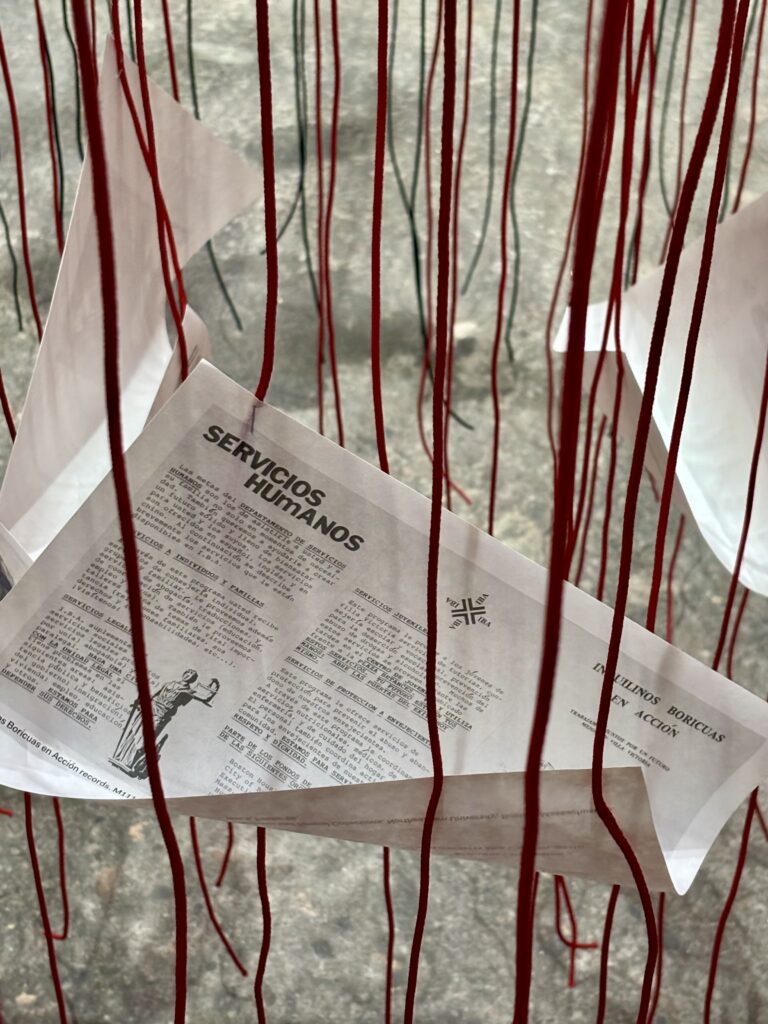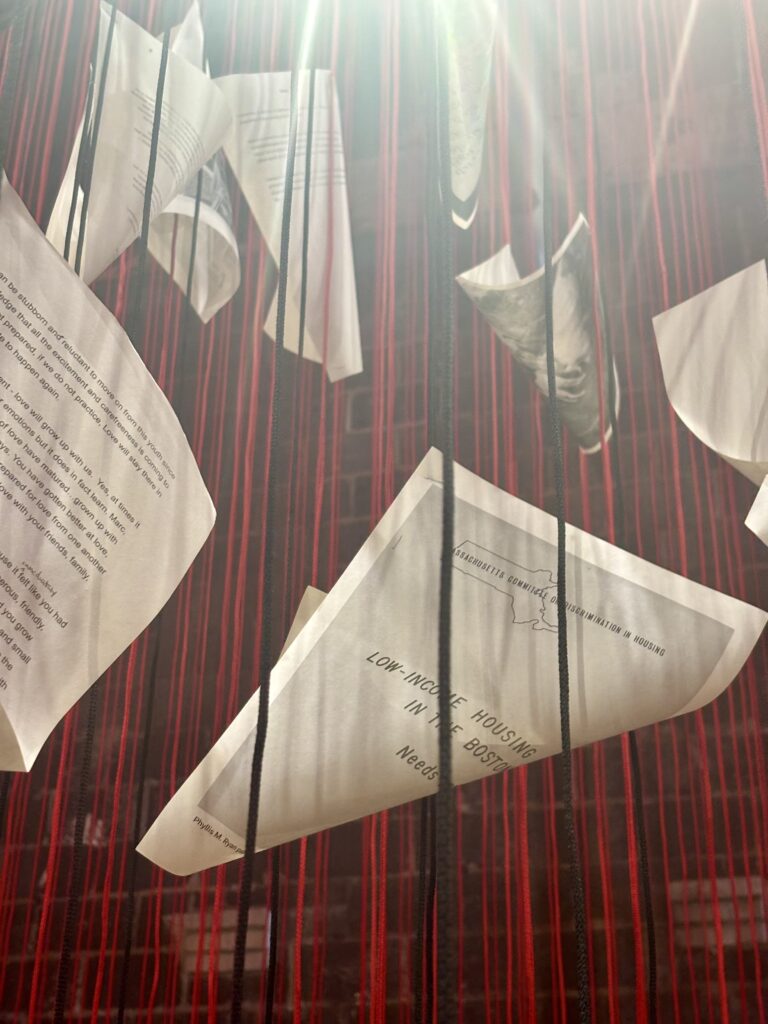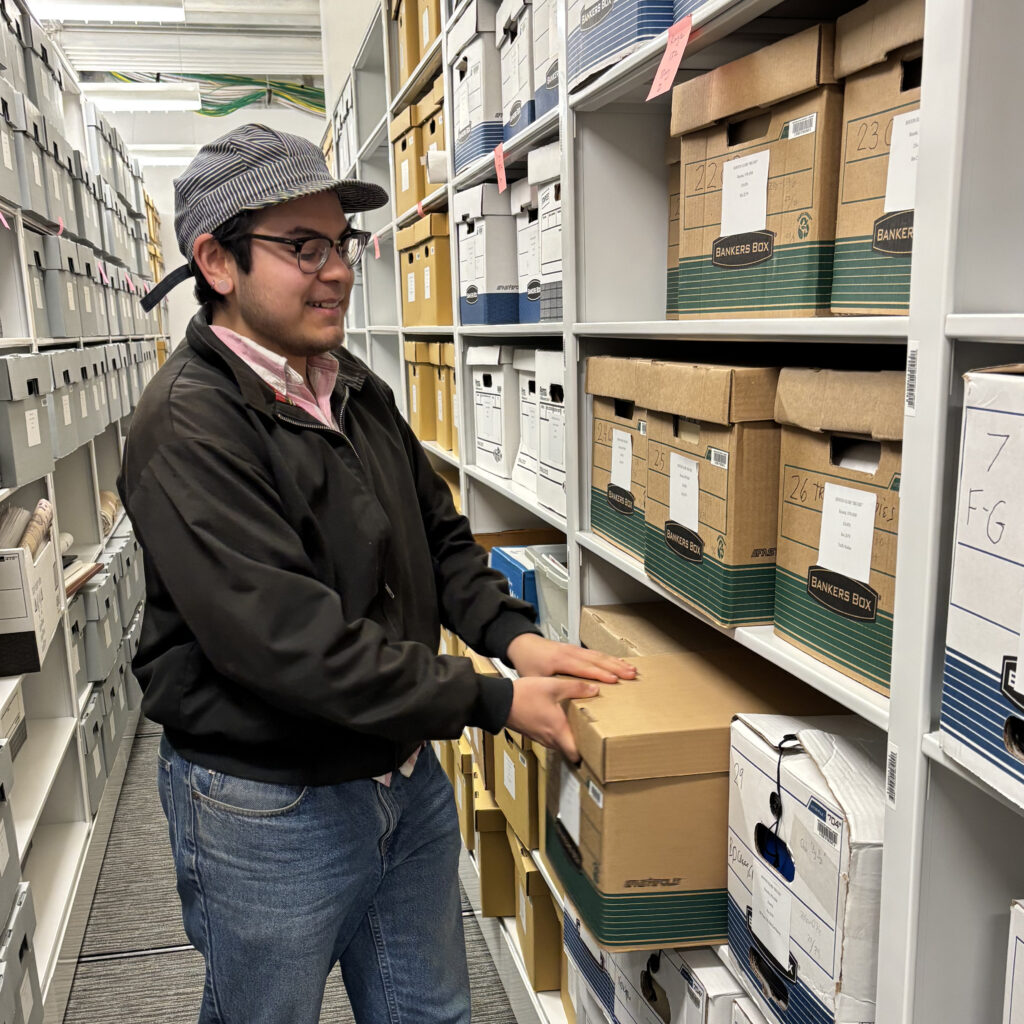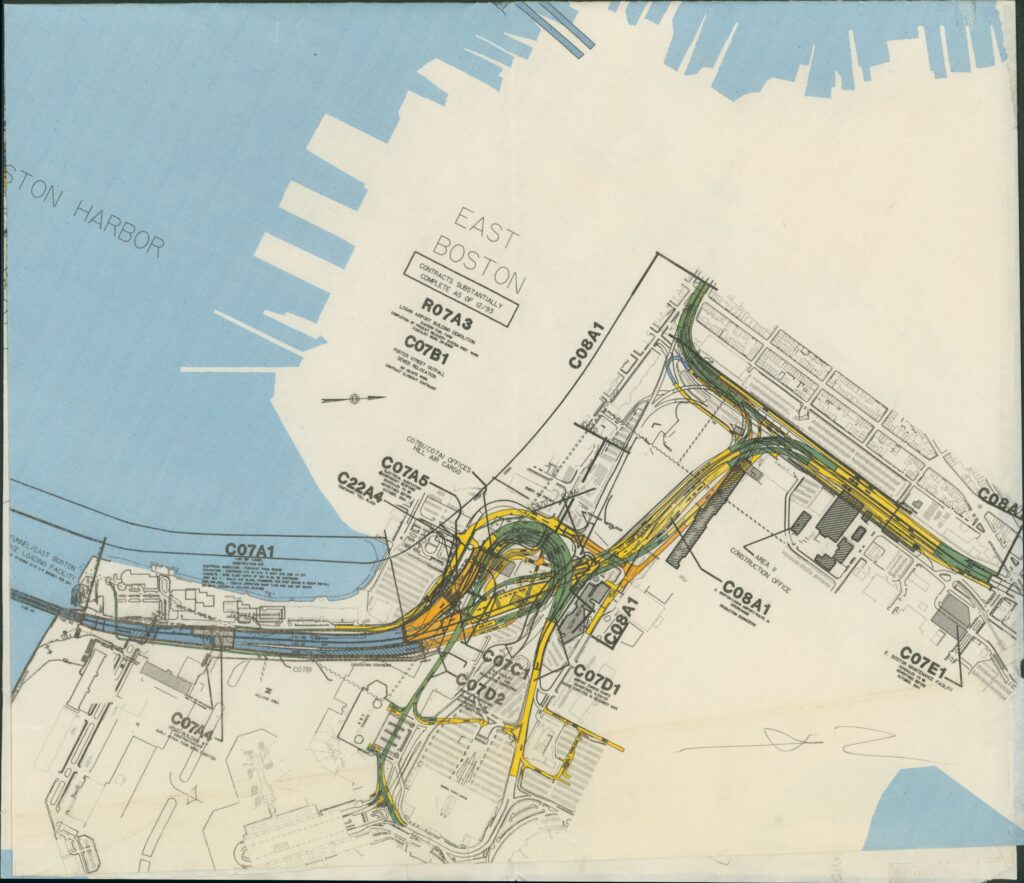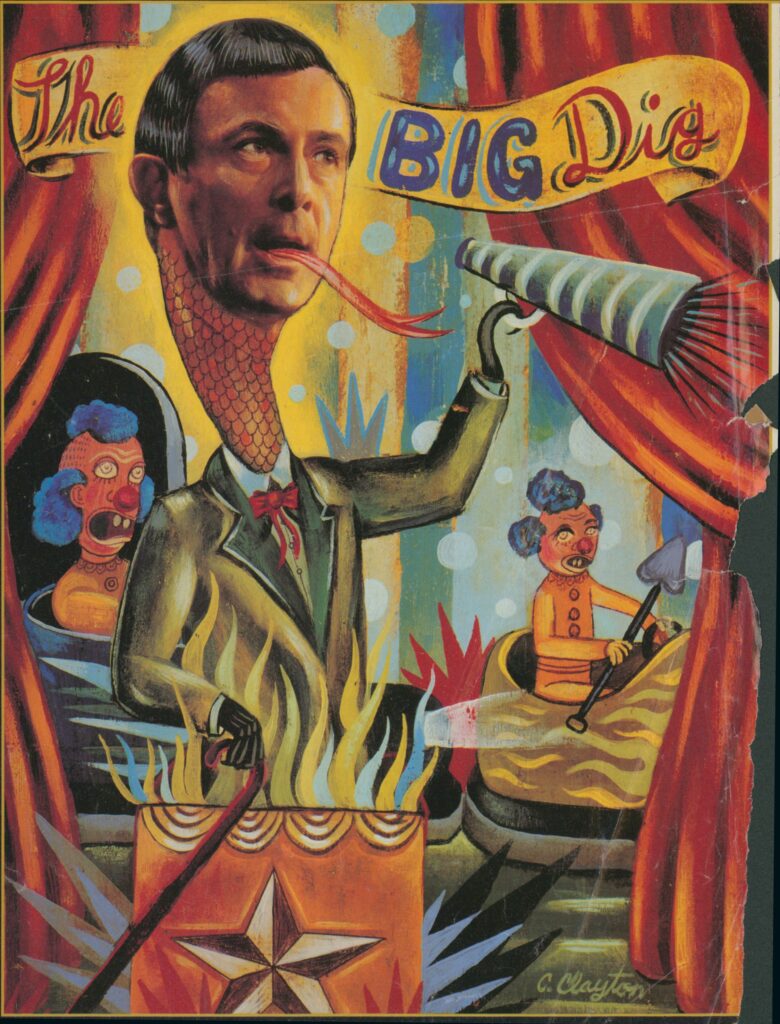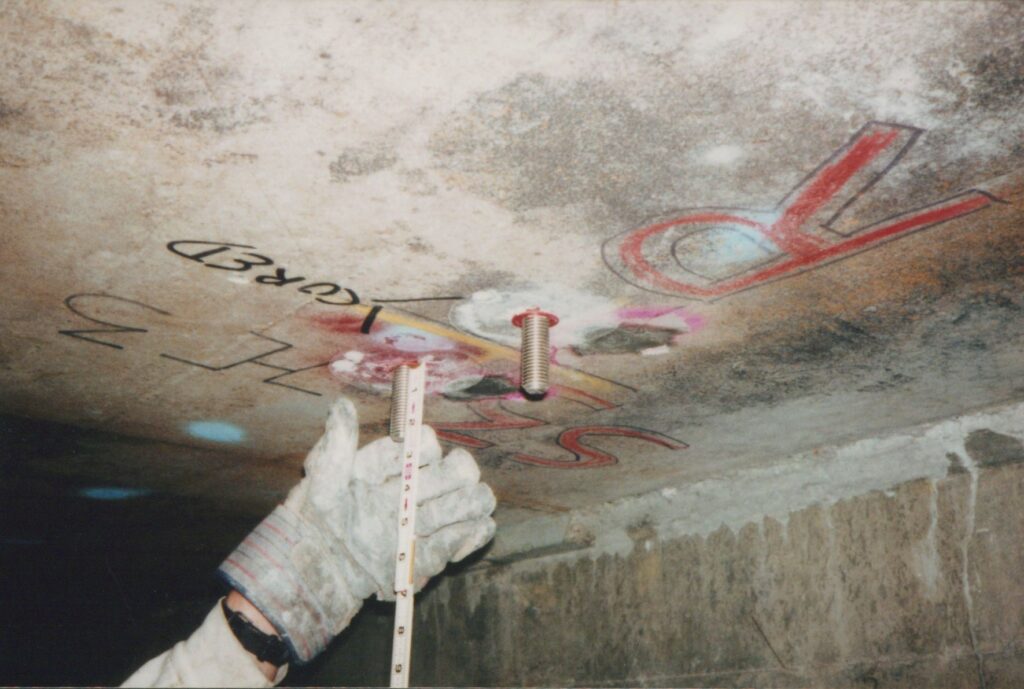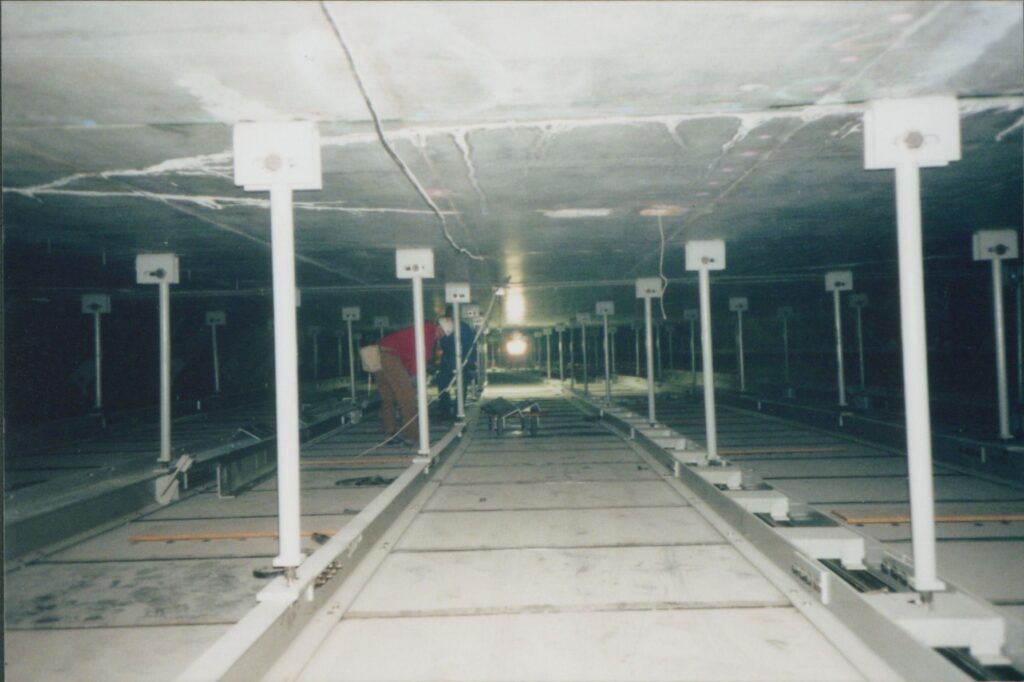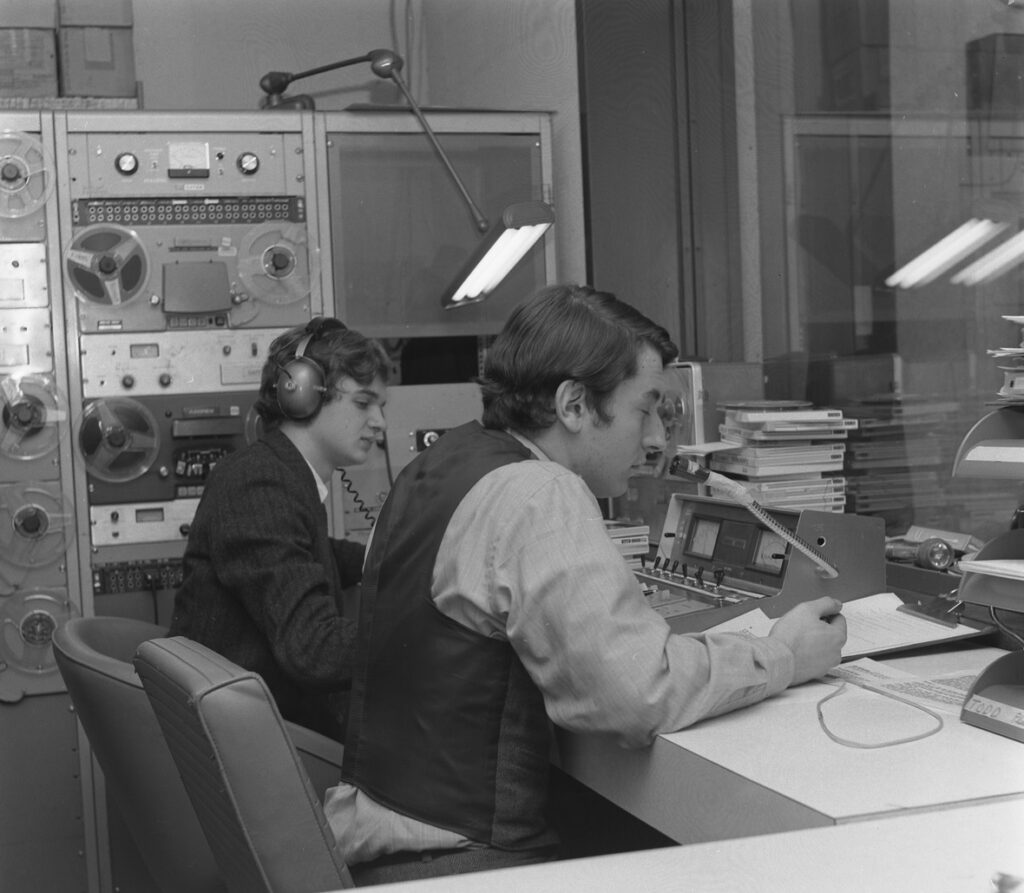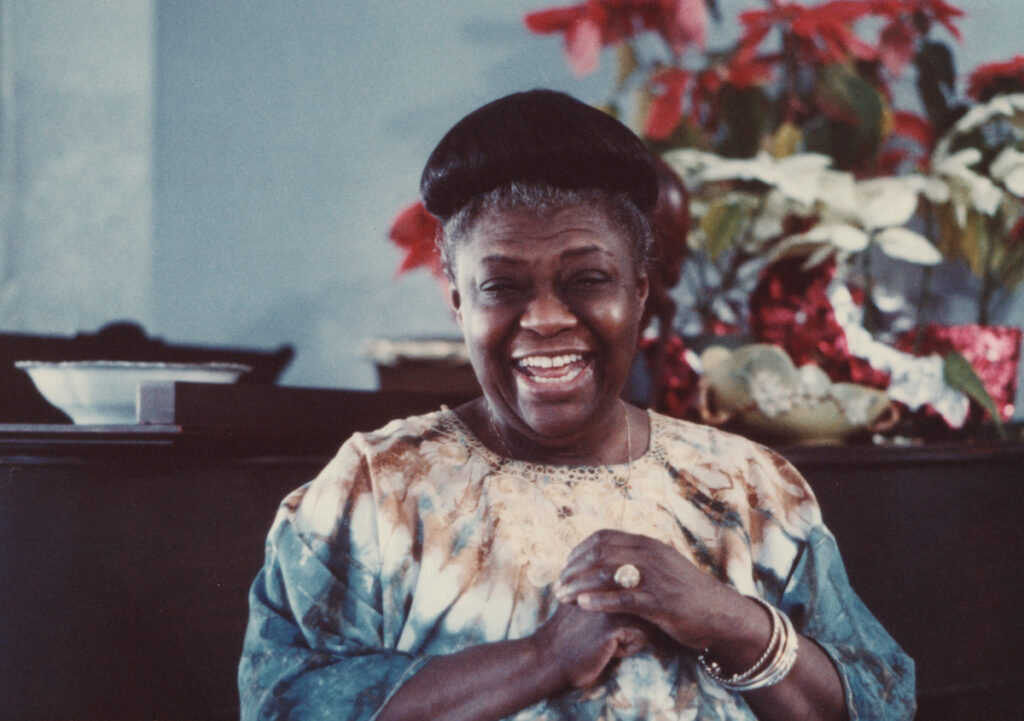Adding Archival Materials to the Digital Repository
During the 2024-25 academic year, the Northeastern University Archives and Special Collections (NUASC) scanned 24,608 pages of archival materials for both in-person and remote researchers. This output has allowed NUASC to serve more researchers and broaden access to these primary sources by uploading them into the Digital Repository Service (DRS).
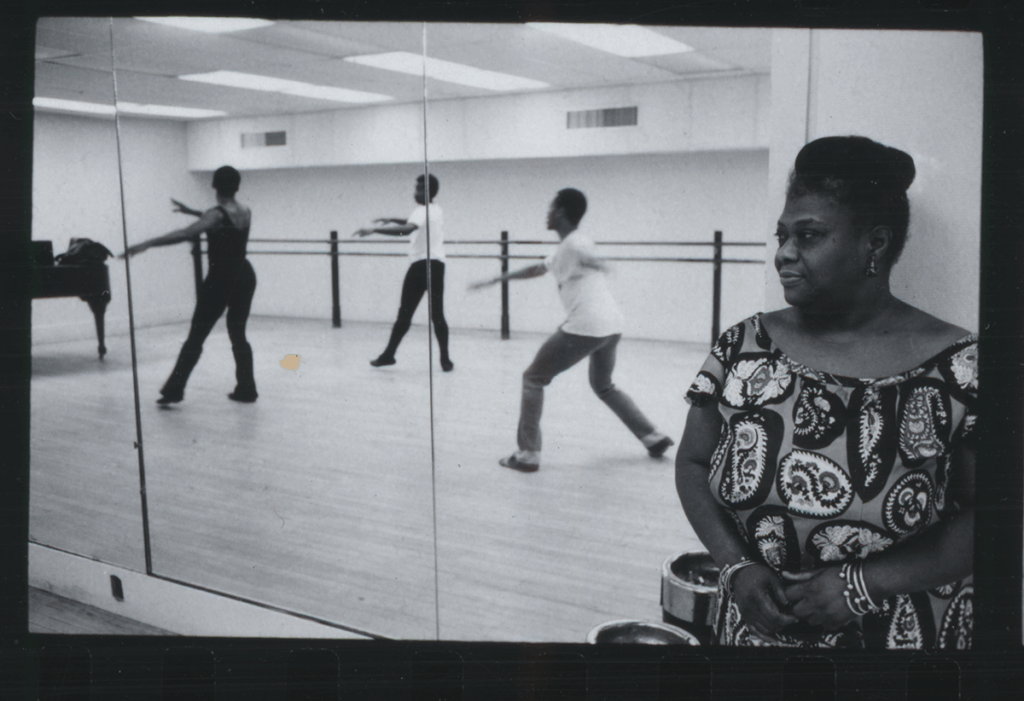
Work to put these reference scans into the DRS began in 2023 with a backlog of scans from NUASC’s remote reference program. Archives staff understood the research value of readily available scans and wanted to make them more accessible to anyone, regardless of institutional affiliation or research goals. Uploading these files into the DRS was a collaborative effort between Metadata and Digital Projects Supervisor Drew Facklam, Reference and Outreach Archivist Molly Brown, and Reference and Reproductions Archivist Grace Millet.
Once a workflow was developed to clean up and provide information about the files, collections were identified based on community and researcher needs, as well as the quantity of scans. As of June 2025, 14,226 pages of digitized materials have been ingested into the DRS. Reference scans have come from the:
- Sara R. Ehrmann papers
- Department of Athletics records
- The Second Wave: A Magazine of the New Feminism records
- National Center of Afro-American Artists records
- Melnea A. Cass papers
- Boston Alliance of Gay and Lesbian Youth, Inc. (BAGLY) records
- ACT UP/Boston (David Stitt) records
- Asian American Resource Workshop records
Reference scans are completed at a lower resolution than scans used for publication, though they are still entirely legible and usable for research purposes. Another important difference between reference scans and other digitized materials in the DRS is the format of reference scans’ titles, which allow users a glimpse into the inner workings of archival organization.
The titles of these files contain the collection number, box number, folder number, and folder title.
With this knowledge, anyone viewing these files can discern where they are located within NUASC’s collections. This allows for easy reference if a researcher might need to request a higher-quality scan of a specific item.
To learn more about what is available in the Digital Repository Service from NUASC, you can search our digitized collections or reach out to us at archives@northeastern.edu. The public services team is looking forward to continuing this expansion of access to collections stewarded by NUASC!

